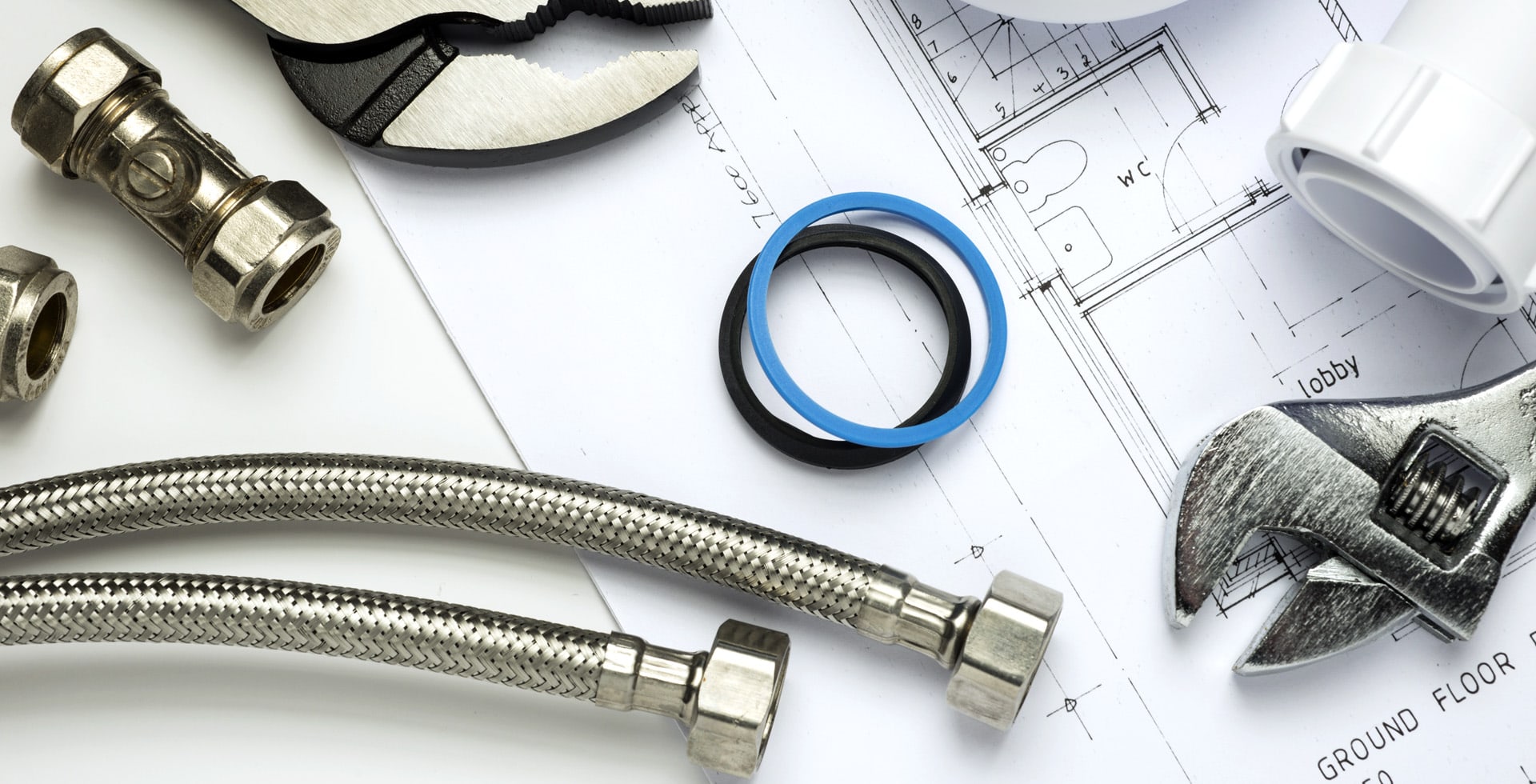Pressure relief valves are essential safety components in various systems, including water heaters, boilers, and other pressurized vessels. They are designed to release excess pressure that builds up within a system, preventing potential damage or dangerous failures. Over time, pressure relief valves can wear out or become less effective, so it’s important to know when they should be replaced to maintain safety and efficiency.
General Replacement Guidelines
Pressure relief valves should generally be replaced every 3 to 5 years. This timeframe can vary based on the specific application, environmental conditions, and the manufacturer’s recommendations. Regular inspections and maintenance are crucial to determine the valve’s condition and functionality.
Factors Influencing Replacement Frequency
- System Usage: In systems that experience frequent pressure fluctuations, the pressure relief valve may wear out more quickly, necessitating more frequent replacements.
- Water Quality: In water heaters, poor water quality can lead to mineral buildup, which can affect the valve’s operation. Hard water, in particular, can cause scale buildup, reducing the valve’s efficiency and lifespan.
- Environmental Conditions: Exposure to corrosive environments, extreme temperatures, or other harsh conditions can accelerate the degradation of pressure relief valves, requiring more frequent replacements.
- Valve Material: The material of the valve, such as brass, bronze, or stainless steel, can impact its durability and lifespan. Valves made from more corrosion-resistant materials may last longer.
Signs That a Pressure Relief Valve Needs Replacement
- Leaking: If the valve is leaking or releasing water without the system being overpressurized, it may be faulty and require replacement.
- Corrosion: Visible corrosion on the valve or its connections can indicate that it’s time for a replacement.
- Unusual Noises: Hissing or other unusual noises can indicate that the valve is not functioning properly.
- System Pressure Issues: If the system pressure is consistently higher or lower than normal, the valve may not be releasing pressure correctly, suggesting a potential issue with the valve.
Testing and Inspection
Regular testing and inspection of pressure relief valves are essential for ensuring they are functioning correctly. This typically involves manually lifting the test lever on the valve to ensure it opens and closes properly. Professional inspection should also be conducted periodically, especially in commercial or industrial settings where the stakes of valve failure are higher.
GET IN TOUCH
Schedule a Visit
Professional Maintenance
While some basic inspections can be performed by homeowners or system operators, it’s advisable to have pressure relief valves inspected and tested by professionals at regular intervals. This ensures that any potential issues are identified and addressed before they lead to system failure.
Pressure relief valves play a critical role in maintaining the safety and efficiency of pressurized systems. Regular inspection and replacement every 3 to 5 years, or as needed based on the valve’s condition and system usage, are essential to prevent potential safety hazards. Always follow the manufacturer’s guidelines and consult with professionals to ensure the valve is functioning correctly and meets all safety standards.

